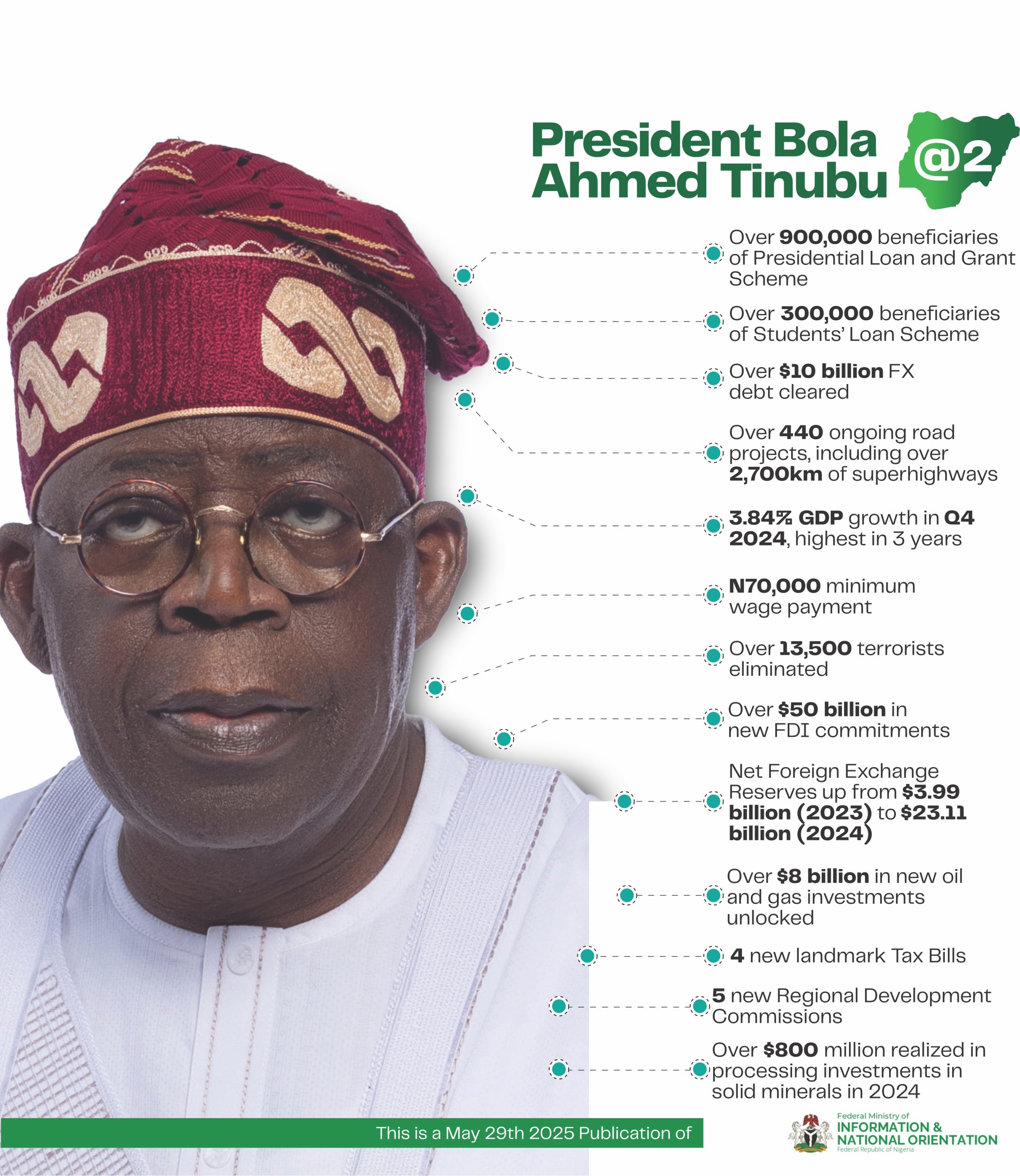
Senator Bernie Sanders of Vermont dropped out of the Democratic presidential race on Wednesday, concluding a quest for the White House that began five years ago in relative obscurity but ultimately elevated him as a champion of the working class, a standard-bearer of American liberalism and the leader of a self-styled political revolution.
Mr. Sanders’s exit from the race establishes former Vice President Joseph R. Biden Jr. as the presumptive nominee to challenge President Trump, and leaves the progressive movement without a prominent voice in the 2020 race.
In a live stream on Wednesday morning, Mr. Sanders, eloquent but without his characteristic spark, was by turns gracious and resolute as he announced his decision. “I cannot in good conscience continue to mount a campaign that cannot win and which would interfere with the important work required of all of us in this difficult hour,” Mr. Sanders said.
Though he made it clear that he viewed Mr. Biden as the party’s 2020 nominee, he said he would remain on the ballot in states that still have primaries and would continue to gather delegates — a move that would give him leverage to influence the Democratic platform and continue carrying his message.
“While this campaign is coming to an end, our movement is not,” he added.
In a race reshaped, and eclipsed, by the escalating coronavirus crisis, Mr. Sanders faced no realistic path to the nomination after a series of lopsided losses to Mr. Biden, beginning in South Carolina in late February and culminating with a string of losses last month in crucial states like Michigan and Florida.
With the public health emergency preventing both candidates from holding in-person campaign events, Mr. Sanders spent the last several weeks on the sidelines, delivering addresses via live stream and making occasional television appearances, while facing calls from fellow Democrats to exit the race and help unify the party behind Mr. Biden. Though Mr. Biden had been careful not to pressure Mr. Sanders, he had begun to move ahead as if the race were over, taking steps, for example, to begin his search for a running mate.
As Mr. Sanders pursued the White House for a second time, he promised that he could transform the electorate, bringing new voters under the Democratic tent, but that goal eluded him. Even Mr. Sanders has lamented that he was unable to produce a surge in young voters.
In early primaries this year, he also failed to show that he had remedied a crucial weakness from his 2016 run: a lack of support from black voters, a vital base of the Democratic Party. In state after state across the South — Alabama, the Carolinas, Mississippi, Virginia — he was unable to chip away at Mr. Biden’s strong support among African-Americans.
In many ways, Mr. Sanders never overcame the widely held view among Democrats that he was a political outlier, a self-described democratic socialist who proudly proclaimed himself to be an independent senator from Vermont rather than a member of the party establishment.
Mr. Sanders championed and popularized liberal policies like “Medicare for all” and free four-year public colleges aimed at lifting up America’s working class, but he faced opposition from many party leaders, elected officials and major donors, as well as large numbers of moderate voters who saw him as too far left.
NEWYORK TIMES






Be the first to comment